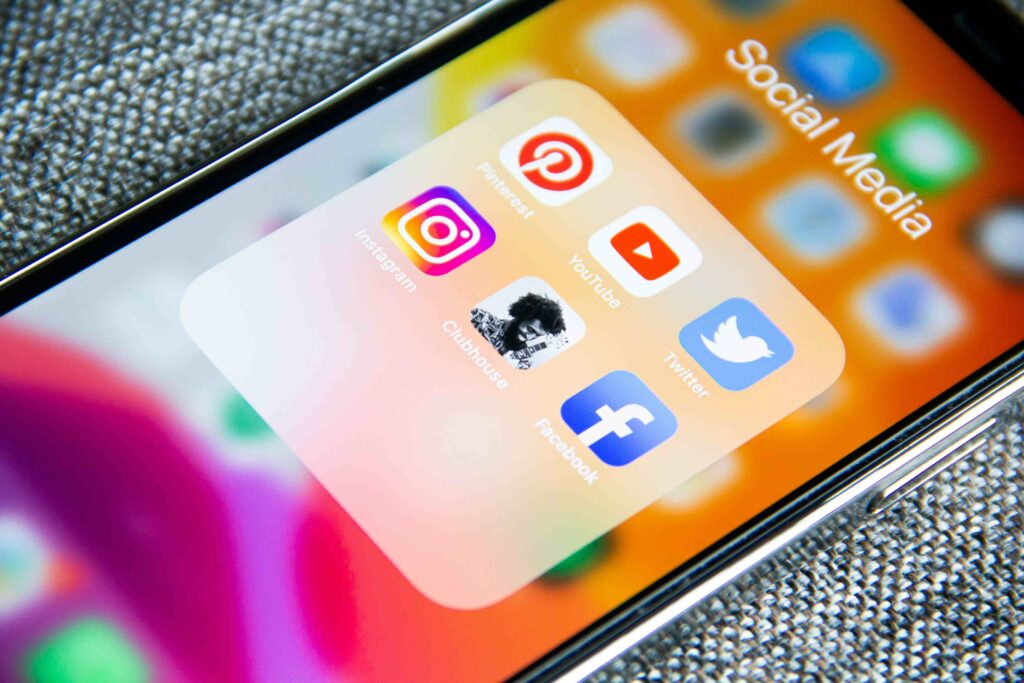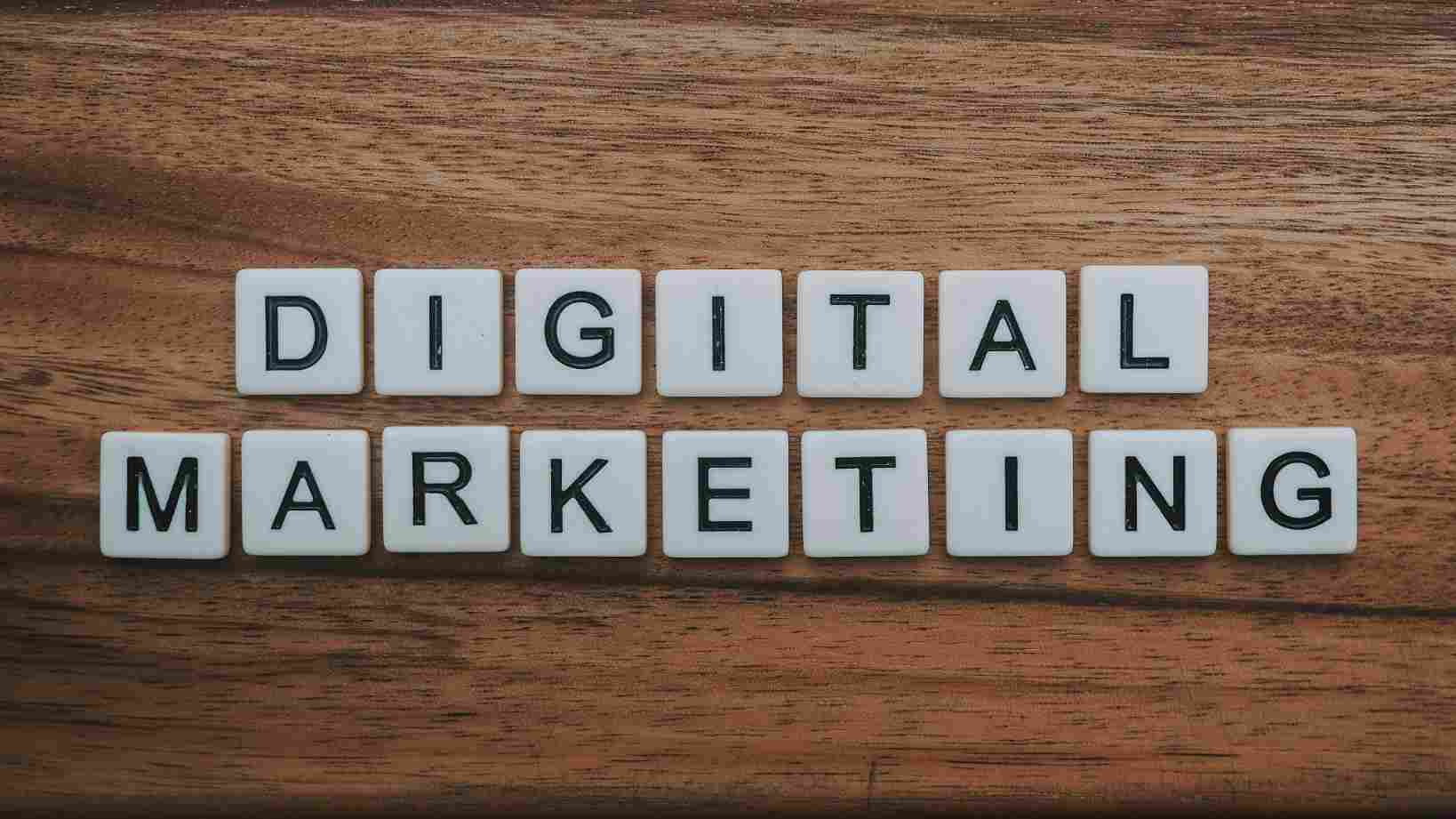If you’re still running Facebook ads the same way you did in 2023, you’re already behind. The digital marketing world has flipped upside down, and what used to work is now about as effective as shouting into the void.
Here’s the brutal truth: while you’ve been perfecting last year’s playbook, your competitors have been quietly mastering the digital marketing trends 2025 that are reshaping entire industries. The brands winning right now aren’t necessarily spending more money—they’re just playing by completely different rules.
Think about it. Two years ago, nobody was talking about AI writing entire email campaigns or customers shopping through voice commands while cooking dinner. Now? These aren’t futuristic concepts—they’re happening in millions of homes every single day.
The scary part isn’t that things are changing fast. It’s that they’re changing faster than most business owners can keep up with. But here’s your advantage: you’re reading this. You’re about to discover the exact digital marketing trends 2025 that forward-thinking companies are using to absolutely dominate their markets.
1. AI-Powered Personalization: When Your Website Knows Customers Better Than They Know Themselves
Remember when getting someone’s name right in an email felt personal? Those days are long gone. Today’s AI doesn’t just know your customer’s name—it knows they browse fitness gear on Tuesday evenings, abandon carts when shipping costs appear, and are 73% more likely to buy after reading three specific product reviews.
This isn’t science fiction. Companies like Netflix and Amazon have been doing this for years, but now these capabilities are available to businesses of every size. Tools like Dynamic Yield can track how someone moves through your website and instantly adjust everything they see—product recommendations, pricing displays, even the colors of your call-to-action buttons.
Here’s what blew my mind: a mid-sized clothing retailer started using AI personalization and watched their conversion rates jump 34% in just two months. Not because they changed their products, but because their website started showing each visitor exactly what they wanted to see.
The technology behind this is getting scary good. When someone visits your site, AI algorithms are processing hundreds of data points in milliseconds—their location, device, previous purchases, browsing history, even the time of day. Then it serves up a completely customized experience that feels like you built the entire website just for them.
But here’s where most businesses mess up: they think AI personalization is just about showing different products. The real magic happens when you personalize the entire journey—from the first ad they see to the follow-up emails after purchase. Smart brands are using tools like ChatGPT to write personalized email sequences and Adobe Sensei to predict what customers will want next week.
2. Voice Search Optimization: Why “Near Me” Searches Are About to Explode
My neighbor asked her smart speaker for “the best pizza place that delivers and takes cash” last week. Her search didn’t include our city name, zip code, or even the word “nearby.” Yet somehow, she got exactly what she needed.
That’s the power of voice search, and it’s completely rewriting the rules of SEO. More than half of adults now use voice search every single day, but most businesses are still optimizing for the way people type, not the way they actually talk.
The difference is massive. Nobody types “What’s the weather like today in downtown Seattle?” They type “Seattle weather.” But when they’re talking to Siri or Alexa? They use complete sentences, ask follow-up questions, and include context that typed searches miss entirely.
Local businesses are missing out on a goldmine here. When someone asks their phone “Where can I get my oil changed right now?” they’re not browsing—they’re buying. These are high-intent customers who need immediate solutions, and they’re searching in completely different ways than your website is prepared for.
The fix isn’t complicated, but it requires thinking differently. Instead of targeting keywords like “oil change Denver,” you need content that answers questions like “Who changes oil on Sundays in Denver?” or “What’s the fastest oil change service near me?”
Smart businesses are already winning with this. A local restaurant started creating content around voice search phrases and saw their “near me” traffic double in six months. They weren’t getting more searches—they were capturing searches that other restaurants weren’t even trying to rank for.
3. Short-Form Video Content: The Attention Economy’s New Currency
Here’s a statistic that should keep every marketer awake at night: the average person now has an attention span shorter than a goldfish. But here’s the opportunity: short-form video content gets 2.5 times more engagement than anything else you can post.
TikTok didn’t just create a platform—it rewired how an entire generation consumes information. Now Instagram Reels and YouTube Shorts are fighting for the same real estate: those precious few seconds when someone might actually pay attention to your brand.
The businesses winning with short-form video aren’t the ones with the biggest budgets or fanciest equipment. They’re the ones who understand that the first three seconds determine everything. If you don’t hook someone immediately, they’re gone forever.
I watched a small bakery grow from 200 to 20,000 followers in four months using nothing but iPhone videos of their decorating process. No fancy editing, no professional lighting—just authentic, behind-the-scenes content that people couldn’t stop watching.
But here’s what most businesses get wrong: they try to cram a 30-second commercial into a 15-second format. That’s not how this works. Short-form video is about providing instant value, whether that’s entertainment, education, or inspiration. The sale comes later, through the relationship you build.
Each platform has its own personality too. What works on TikTok feels forced on Instagram Reels. What succeeds on YouTube Shorts falls flat on LinkedIn. The algorithm preferences, trending audio, and audience expectations are completely different, which means your content strategy needs to be platform-specific.

4. Micro and Nano Influencer Marketing: When Smaller Really Is Better
Forget everything you think you know about influencer marketing. The days of paying celebrities six figures for a single post are ending, and honestly, good riddance.
The real power is in the micro and nano influencers—people with 1,000 to 100,000 followers who have built genuine communities around specific niches. A fitness micro-influencer with 15,000 followers often gets better results than a celebrity with 15 million followers, and costs about 1% as much.
Why? Because their audiences actually trust them. When a nano-influencer recommends a product, it feels like advice from a friend. When a mega-celebrity does it, everyone knows it’s just another payday.
The numbers back this up: nano-influencers generate engagement rates up to 8 times higher than macro-influencers. Their audiences comment more, share more, and most importantly, buy more.
But the real game-changer is AI-influencers. Virtual personalities like Lil Miquela have millions of followers and never have scheduling conflicts, contract disputes, or off-brand moments. Brands get complete creative control while audiences get consistent, high-quality content.
The smartest companies are building long-term relationships with micro-influencers instead of one-off campaigns. They’re focusing on engagement quality over follower quantity, measuring success through actual conversions rather than vanity metrics like reach and impressions.
5. Conversational Marketing: When Your Website Actually Talks Back
Customer service used to mean waiting on hold for 20 minutes to talk to someone who probably couldn’t help you anyway. Now? The best customer service happens before customers even realize they need help.
Modern chatbots don’t just answer frequently asked questions—they guide people through complex buying decisions, remember previous conversations, and hand off to human agents when things get complicated. The result? Companies using conversational marketing see 67% more leads and 25% happier customers.
But here’s what makes this one of the most important digital marketing trends 2025: these systems work 24/7 across every platform your customers use. WhatsApp, Facebook Messenger, your website, even text messages—the conversation continues seamlessly no matter where it starts.
I’ve seen small businesses use chatbots to qualify leads while the owner sleeps, answer technical questions during busy periods, and even process orders without any human involvement. It’s like having a sales team that never takes a break and never has a bad day.
The key is making the experience feel human, not robotic. The best chatbots use conversational language, remember personal details, and know when to bring in a real person. When done right, customers often prefer the chatbot experience because it’s faster and more consistent.
6. Zero-Click Search: When Winning Means Not Getting Clicked
Here’s a trend that sounds counterintuitive but is absolutely critical: optimizing for searches where people don’t click on your website.
Google now answers more than half of all searches directly on the results page through featured snippets, knowledge panels, and instant answers. People get what they need without ever visiting your site, which sounds terrible for business until you understand the bigger picture.
Being featured in these “position zero” results builds massive brand authority and keeps you top-of-mind for future searches. Even if someone doesn’t click today, they remember your brand when they’re ready to buy.
The optimization strategy is completely different from traditional SEO. Instead of targeting broad keywords, you need to provide specific, concise answers to questions your customers are asking. Lists, tables, and step-by-step instructions perform incredibly well because they’re easy for Google to extract and display.
Smart marketers are creating content specifically designed to appear in featured snippets, knowing that the authority and visibility are worth more than the immediate traffic. It’s a long-term brand-building strategy disguised as an SEO tactic.
7. First-Party Data: The New Gold Rush
Third-party cookies are dead, and with them, the entire foundation of how digital advertising has worked for the past decade. The brands that thrive in this new world will be the ones that build direct relationships with their customers.
First-party data—information customers willingly share with you—is now more valuable than oil. Email addresses, preferences, purchase history, browsing behavior on your own website—this is the fuel that powers personalization, targeting, and customer lifetime value.
The companies winning this transition aren’t just collecting data—they’re making it worth something to customers. Exclusive offers, personalized experiences, early access to new products, premium content—there has to be a clear value exchange.
Email marketing has become more important than ever, but it’s not the same email marketing from five years ago. Modern email campaigns use behavioral triggers, dynamic content, and predictive analytics to deliver messages that feel personally crafted for each recipient.
Privacy-first marketing isn’t just about compliance—it’s about building trust. Brands that are transparent about data collection, give customers control over their information, and use that data to genuinely improve the customer experience are building stronger relationships than ever before.

8. Sustainable Marketing: When Values Drive Purchases
Consumers don’t just buy products anymore—they buy beliefs. Environmental consciousness and social responsibility have moved from nice-to-have to deal-breakers, especially among younger demographics.
But here’s the catch: customers can spot fake sustainability marketing from a mile away. Greenwashing doesn’t just fail—it actively damages brand reputation. Authenticity isn’t optional; it’s the price of entry.
The brands succeeding with sustainable marketing are the ones making real changes and sharing the journey, not just the destination. Detailed supply chain information, sustainability reports with actual metrics, continuous improvement initiatives—transparency has become the new marketing strategy.
This isn’t about slapping a green label on existing products. It’s about fundamentally rethinking business practices and inviting customers along for the journey. Patagonia doesn’t just sell outdoor gear; they sell a lifestyle and value system that their customers want to be part of.
The marketing strategy shifts from highlighting product features to highlighting values alignment. Instead of “Buy our product because it’s good,” it becomes “Buy our product because we share the same beliefs about what matters.”
9. Augmented Reality: When Shopping Becomes an Experience
Augmented reality has finally moved beyond the novelty phase. AR is solving real customer problems: “Will this look good on me?” “Will this fit in my space?” “How does this actually work?”
Virtual try-on experiences for fashion, beauty, and eyewear are reducing return rates while increasing customer confidence. Furniture retailers are using AR to let customers see how items look in their actual homes before purchasing. The technology removes the biggest barrier to online shopping: uncertainty.
The platforms are finally mature enough for mainstream adoption. Meta Spark, Snapchat AR, and WebAR work directly in web browsers without requiring special apps. The friction that used to kill AR experiences is disappearing.
But the real opportunity is in advertising. Interactive AR ads get 3-4 times more engagement than traditional display ads while providing memorable brand experiences that people actually want to share with friends.
The companies winning with AR aren’t just using it because it’s cool—they’re using it to solve specific customer problems that traditional e-commerce can’t address.
10. Programmatic Advertising: When AI Buys Your Ads
Programmatic advertising has evolved from a buzzword to the backbone of digital advertising. AI algorithms now handle real-time bidding, audience segmentation, and campaign optimization at a scale and speed that human marketers simply cannot match.
The technology analyzes millions of data points in milliseconds to determine the optimal ad placement, timing, and pricing across multiple channels simultaneously. This level of precision was impossible with manual campaign management, and the results prove it—significantly better ROI with less advertising waste.
But the real power is in audience segmentation that goes way beyond basic demographics. Behavioral patterns, purchase intent signals, cross-device tracking, predictive modeling—the targeting capabilities now available would have seemed like science fiction just a few years ago.
Real-time optimization means campaigns continuously improve throughout their lifecycles. Bidding strategies, creative elements, and targeting parameters adjust automatically based on performance data, ensuring maximum efficiency without constant human intervention.
This frees up marketing teams to focus on strategy and creative development while AI handles the technical execution. It’s not about replacing marketers—it’s about amplifying their capabilities.
Making These Digital Marketing Trends 2025 Work for Your Business
Here’s the reality: you can’t implement all of these digital marketing trends 2025 at once, and you shouldn’t try. The businesses that succeed pick the trends that align with their audience, resources, and objectives, then execute them extremely well.
Start with an honest audit of your current marketing performance. Where are the biggest gaps? Which trends could provide the most immediate impact? Focus on trends that complement your existing strategies rather than requiring complete overhauls.
Testing becomes everything. Set clear metrics for each trend you implement, measure ruthlessly, and be prepared to pivot quickly. The digital marketing landscape changes too fast for long-term commitments to strategies that aren’t working.
The winners in 2025 won’t be the biggest companies or the ones with the largest budgets. They’ll be the ones that adapt fastest to emerging opportunities and execute consistently over time. These digital marketing trends 2025 represent fundamental shifts that early adopters can leverage for massive competitive advantages.
The question isn’t whether these trends will reshape your industry—it’s whether you’ll be leading the change or scrambling to catch up.
External Reference: According to HubSpot’s State of Marketing Report, businesses that stay current with digital marketing trends see 67% higher lead generation and 25% better customer retention rates.
Related Articles: Brand Identity: 5 Powerful Ways to Build Memorable Recognition 2025







1 thought on “Digital Marketing Trends 2025: 10 Game-Changing Strategies That Will Transform Your Business”